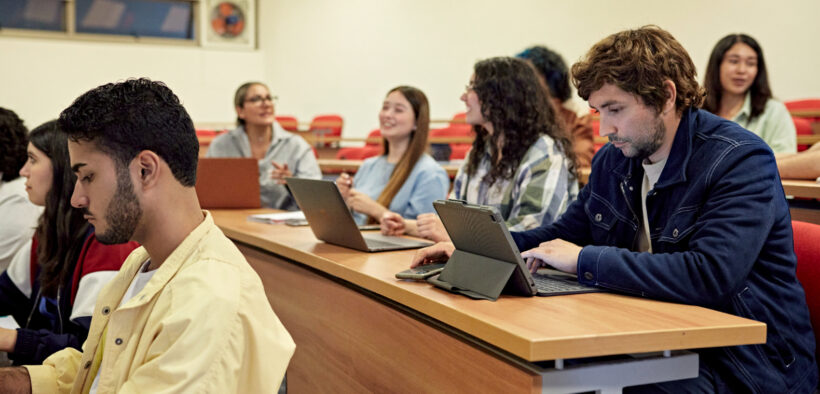As educators, we’ve often found that one of the greatest impediments to creativity in the classroom is, quite literally, the classroom. At a large public university, where class sizes of 80 students are on the smaller side, it can be hard to come to terms with the fact that our greatest bottleneck is usually our class space. Over the years, there have been countless times when we’ve said, “Wow, this would be such a cool idea to implement . . . if we had a smaller class.” Group projects, games, and other activities that would have been easy to complete with fewer students can be almost impossible to scale to larger classes as seemingly insignificant obstacles, like a lack of proper tables or chairs that can swivel around, often become huge barriers to effective learning.
One of the few positive outcomes of the early part of the Covid era was the explosion of new technologies to help students learn in live online environments. Zoom, YuJa, and a host of other platforms became essential in this regard, and instructors found ways to overcome physical space limitations to attain desired learning outcomes. Yet while many of these tools have now taken a back seat as institutions return to in-person learning, we’ve found that some of them can still prove quite useful for the classroom experience today, especially in addressing the obstacles noted above.








